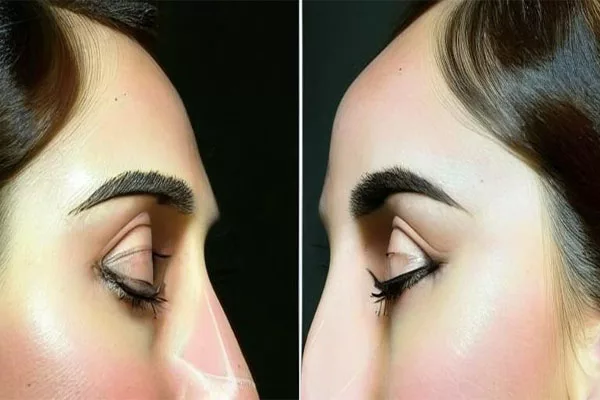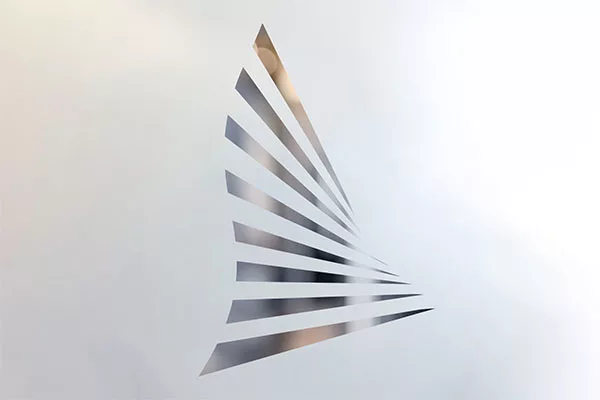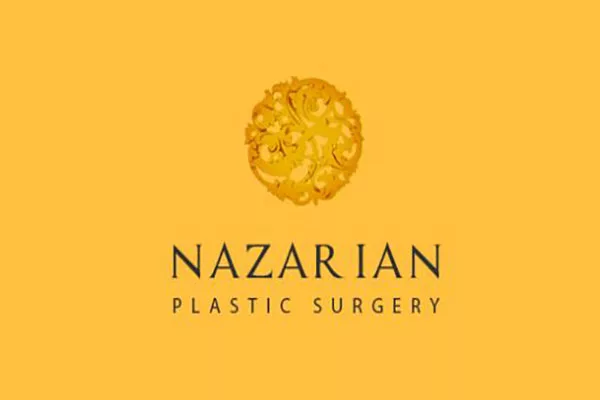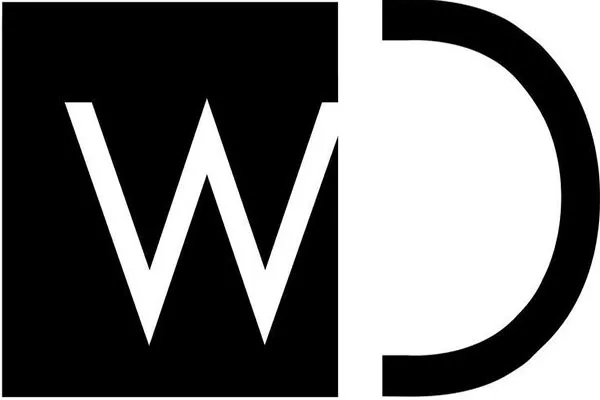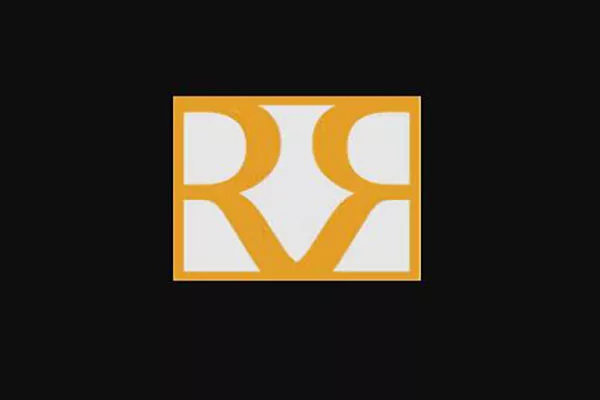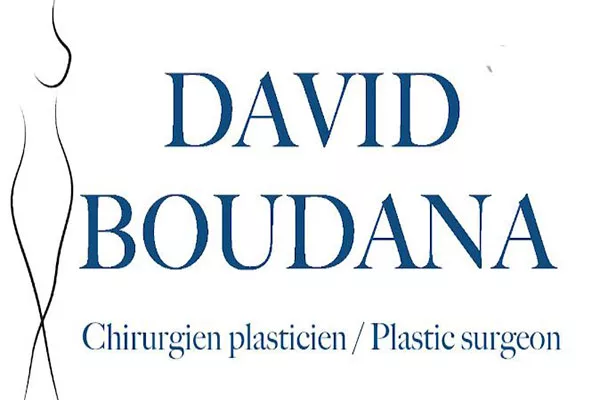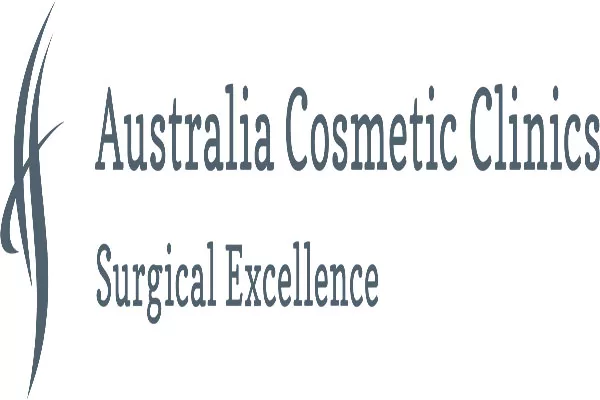Rhinoplasty is a popular cosmetic surgical procedure that alters the shape, size and/or functionality of the nose. For many people, rhinoplasty can boost their confidence and self-esteem. However, there are cases where the initial surgery does not produce the desired results, leading patients to seek revision rhinoplasty. This procedure is more complex than the initial surgery and requires a highly skilled and experienced surgeon. In this article, we will explore the topic of revision rhinoplasty and provide valuable information to those considering this procedure.
Reasons for Revision Rhinoplasty
Revision rhinoplasty is usually performed on patients who have undergone a previous rhinoplasty and are unhappy with the results. Some common reasons for revision rhinoplasty include:
- Unsatisfactory cosmetic results: Patients may be unhappy with the way their nose looks after the initial surgery, such as uneven nostrils, a crooked nose or a visible bump on the bridge of the nose.
- Functional issues: Some patients may experience breathing problems or have difficulty with their sense of smell after the initial surgery.
- Trauma: In some cases, a patient may experience trauma to the nose after their rhinoplasty, which can lead to deformities or asymmetry.
- Natural changes: As the body ages, the nose can change in shape and size, which may require revision surgery to maintain the desired results.
- Inexperienced surgeon: Patients who initially chose an inexperienced surgeon may require revision rhinoplasty to correct any mistakes made during the initial surgery.
Evaluation and Consultation
Before undergoing revision rhinoplasty, it is important for patients to have a thorough evaluation and consultation with a board-certified plastic surgeon who specializes in rhinoplasty. During this consultation, the surgeon will assess the patient’s medical history, examine the nose and discuss the patient’s goals and expectations for the surgery.
The surgeon may also take photographs and use computer imaging software to help the patient visualize potential results. It is important for patients to be honest about their concerns and expectations during this consultation to ensure the surgeon has a clear understanding of what the patient hopes to achieve with the revision surgery.
After the initial consultation, the surgeon will create a customized surgical plan that takes into account the patient’s individual needs and desires. The plan may involve correcting any asymmetries, adjusting the size or shape of the nose, or improving functional issues such as breathing difficulties. The surgeon will also discuss the risks and benefits of the surgery, as well as any potential complications.
The Procedure
Revision rhinoplasty is a more complex procedure than the initial rhinoplasty, as the surgeon must work with the already-altered nasal structure to achieve the desired results. The surgery is typically performed under general anesthesia and can take several hours to complete, depending on the complexity of the procedure.
During the surgery, the surgeon may use a combination of techniques, including cartilage grafting, bone reshaping and tissue repositioning to correct any issues with the nasal structure. In some cases, the surgeon may need to harvest cartilage or bone from another part of the body, such as the ribs or ear, to use in the procedure.
Once the surgery is complete, the patient will be taken to a recovery area where they will be monitored closely. The surgeon may place a splint or cast on the nose to protect it during the initial healing process. It is important for patients to follow all post-operative instructions provided by their surgeon to ensure a successful recovery.
Recovery and Results
Recovery from revision rhinoplasty can take several weeks, and patients should expect some swelling, bruising, and discomfort during this time. The surgeon may prescribe pain medication and antibiotics to help manage any pain or prevent infection. Patients may need to sleep with their head elevated and avoid any activities that could cause trauma to the nose, such as blowing the nose or wearing glasses.
It may take several months for the full results of the revision rhinoplasty to be visible, as the nasal tissues continue to heal and settle. However, in most cases, patients can expect significant improvement in the appearance and function of their nose after the surgery.
It is important for patients to maintain realistic expectations for the results of the revision rhinoplasty, as perfection is not always attainable. However, a skilled and experienced surgeon can work with the patient to achieve the desired outcome and help them feel more confident and satisfied with their appearance.
Risks and Complications
As with any surgical procedure, there are risks and potential complications associated with revision rhinoplasty. Some possible risks include:
- Anesthesia complications: General anesthesia carries a small risk of complications such as breathing problems, allergic reactions, or cardiovascular issues.
- Infection: Any surgery carries a risk of infection, which can affect the healing process.
- Bleeding: Bleeding is a common risk during any surgery, but it is usually minor and easily managed.
- Changes in sensation: Some patients may experience temporary or permanent changes in sensation around the nose or in the upper teeth after surgery.
- Need for additional surgery: In some cases, revision rhinoplasty may not achieve the desired results, or new issues may arise that require additional surgery.
It is important for patients to discuss all potential risks and complications with their surgeon before undergoing the procedure. With proper preparation and care, the risks are minimal and the benefits can be significant.
Choosing a Surgeon
Choosing the right surgeon for revision rhinoplasty is essential to achieving the desired results and avoiding complications. Patients should seek out a board-certified plastic surgeon who specializes in rhinoplasty and has extensive experience performing revision procedures.
During the consultation process, patients should ask about the surgeon’s qualifications, experience, and success rates with revision rhinoplasty. Patients should also ask to see before and after photos from previous surgeries to get an idea of the surgeon’s skill and the types of results that can be achieved.
It is also important for patients to feel comfortable and confident with their surgeon, as good communication and trust are essential throughout the revision rhinoplasty process. Patients should be sure to discuss all concerns and expectations with the surgeon before the procedure to ensure the best possible outcome.
Cost
The cost of revision rhinoplasty can vary widely depending on the surgeon’s experience, the complexity of the procedure, and the geographic location. In general, revision rhinoplasty is more expensive than the initial rhinoplasty due to the increased complexity of the procedure.
Patients should be prepared to pay for multiple fees, including the surgeon’s fee, facility fee, anesthesia fee, and any necessary medical supplies. In some cases, insurance may cover part or all of the cost if the surgery is being performed to correct a functional issue such as breathing difficulties.
Patients should discuss all costs and financing options with their surgeon before the procedure to avoid any surprises and ensure they are fully prepared for the financial aspect of revision rhinoplasty.
Conclusion
Revision rhinoplasty is a complex surgical procedure that requires a high level of skill and experience from the surgeon. While it can be a more challenging procedure than the initial rhinoplasty, it can also provide significant benefits for patients who are unhappy with the results of their previous surgery.
Through a thorough evaluation and consultation process with an experienced plastic surgeon, patients can create a customized surgical plan that takes into account their individual needs and goals. Proper preparation and aftercare can help minimize risks and complications and ensure a successful outcome.
For those considering revision rhinoplasty, it is important to choose a board-certified plastic surgeon who specializes in the procedure and has a proven track record of success. By doing so, patients can feel confident that they are in good hands and on the path to achieving the desired results.
Additional Resources
For more information about revision rhinoplasty and to find a qualified plastic surgeon in your area, consider consulting these resources:
1. American Society of Plastic Surgeons: The ASPS provides information on plastic surgery procedures, including revision rhinoplasty, and offers a database of board-certified plastic surgeons.
2. Rhinoplasty Society: The Rhinoplasty Society is a professional organization dedicated to the study and advancement of rhinoplasty surgery.
3. RealSelf: RealSelf is an online community where patients can connect with plastic surgeons and share their experiences and photos of rhinoplasty and revision rhinoplasty procedures.
4. WebMD: WebMD offers an overview of rhinoplasty and revision rhinoplasty, including information about the procedure, risks, benefits, and recovery.
References:
- American Society of Plastic Surgeons. (n.d.). Revision Rhinoplasty. Retrieved from https://www.plasticsurgery.org/cosmetic-procedures/rhinoplasty/revisions
- Rhinoplasty Society. (n.d.). Revision Rhinoplasty. Retrieved from https://www.rhinoplastysociety.org/revision-rhinoplasty/
- RealSelf. (n.d.). Revision Rhinoplasty. Retrieved from https://www.realself.com/revision-rhinoplasty
- WebMD. (2021). Rhinoplasty and Revision Rhinoplasty. Retrieved from https://www.webmd.com/beauty/cosmetic-procedure-rhinoplastyand#1.
